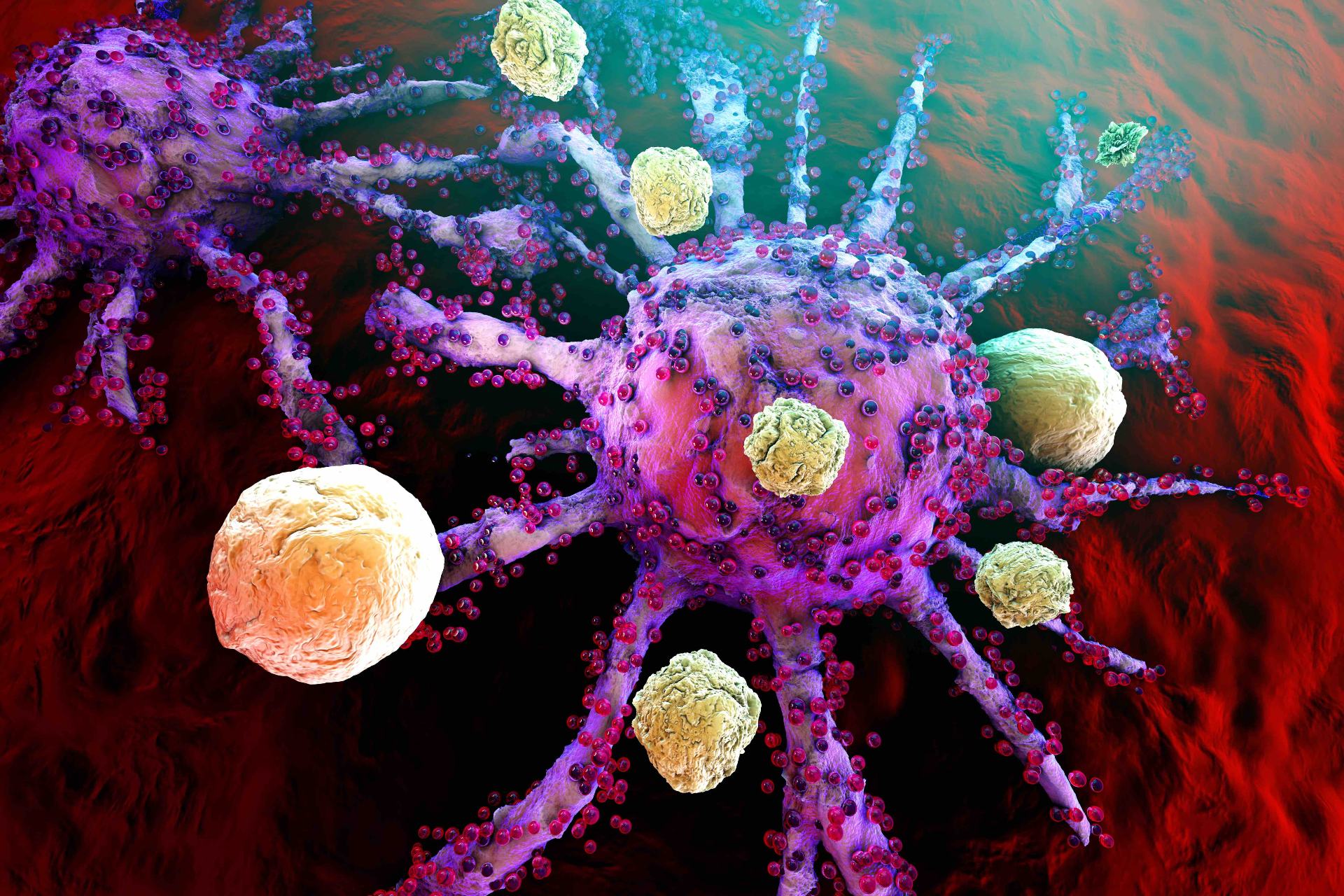Article
Study Revises Molecular Classification of Diffuse Large B-Cell Lymphoma
Author(s):
Researchers have identified genetic subtypes of diffuse large B-cell lymphoma that revise the molecular classification of the disease and could provide insight into why some patients respond to treatment and others don’t.
A group of researchers has identified genetic subtypes of diffuse large B-cell lymphoma (DLBCL) that revise the molecular classification of the disease and could help explain why some patients respond to treatment and others don’t. The results were published in The New England Journal of Medicine on Wednesday.
Based on gene-expression profiling, cases of DLBCL have traditionally been grouped as either activated B-cell—like (ABC) or germinal center B-cell–like (GCB), leaving 10% to 20% of cases unclassified. ABC DLBCL has an average survival rate of approximately 40%, whereas GCB DLBCL has an average survival rate of approximately 75%.
Researchers performed a multiplatform analysis of genomic alterations and gene expressions on fresh-frozen DLBCL biopsy samples from 574 patients to identify genetic subtypes that differ from one another by recurrent genetic aberrations. Biopsy samples included ABC cases (51.4%), GCB cases (28.6%), and unclassified cases (20.0%). Through exome and transcriptome sequencing, an array-based DNA copy number analysis, and targeted amplicon resequencing of 372 genes, the group was able to identify recurrent aberrations.
“The first question we wanted to tackle was whether there were other molecular features of the tumors that could help us explain why some people were well-served by chemotherapy,” said study leader Louis M. Staudt, MD, PhD, Center for Cancer Research at the National Cancer Institute, in a statement. “And the second related question was, if we could understand who was not responding well to treatment, could we understand the genetics of these tumors to suggest new potential therapies beyond chemotherapy?”
The analysis identified 4 prominent genetic subtypes that each share their own set of genetic aberrations:
- MCD: based on the co-occurrence of MYD88L265P and CD79B mutations
- BN2: based on NOTCH2 mutations and BCL6 fusions in ABC or unclassified DLBCL
- N1: based on NOTCH1 mutations
- EZB: based on EZH2 mutations and BCL2 translocations.
The MCD and N1 subtypes were dominated by ABC cases, the EZB subtype included mostly GCB cases, and the BN2 subtype was comprised of all 3 gene-expression groups. BN2 and EZB subtypes responded well to treatment, but MCD and N1 subtypes did not. Because some of the subtypes can be found in both ABC and GCB subgroups, a patient could have ABC DLBCL, which has a lower survival rate, but the disease could also have the BN2 genetic subtype, which does respond well to chemotherapy.
While the findings have implications related to current treatments, they can open the door to more targeted therapies for treating the patient population. According to the researchers, “the genetic subtypes had distinct outcomes after immunochemotherapy and could affect the selection of targeted therapies owing to their distinct oncogenic abnormalities.”





